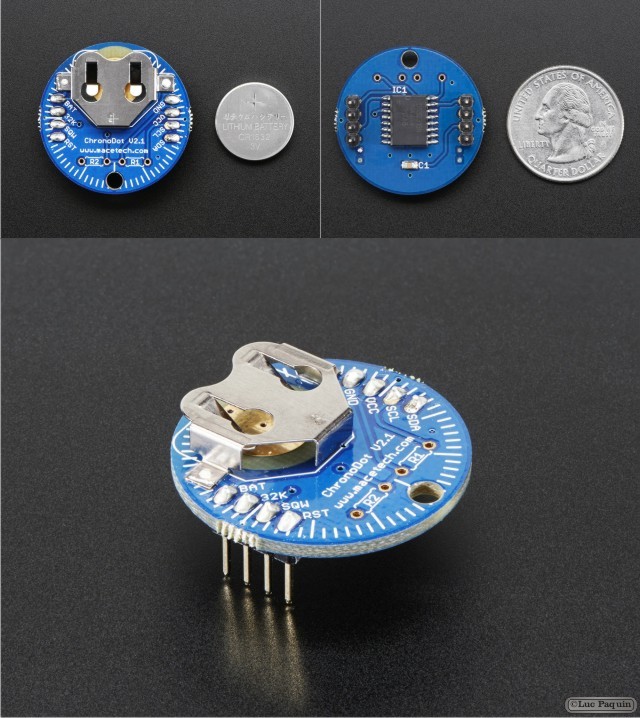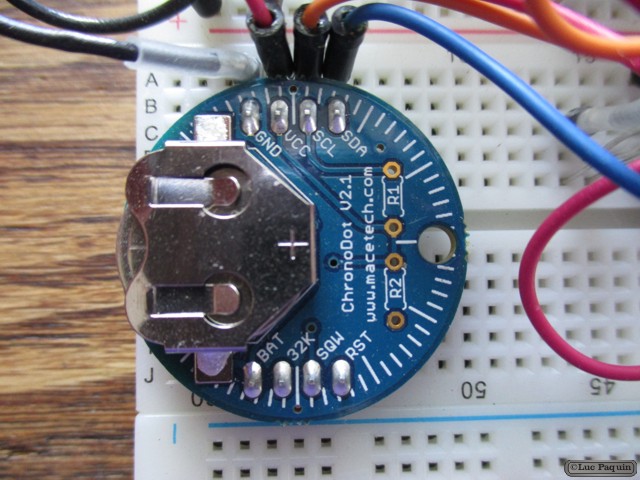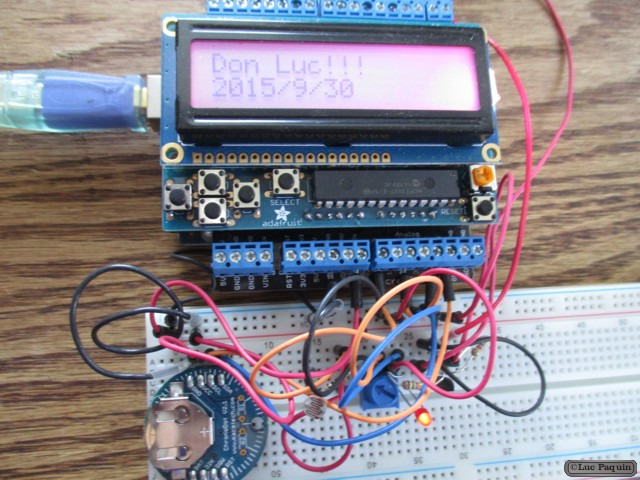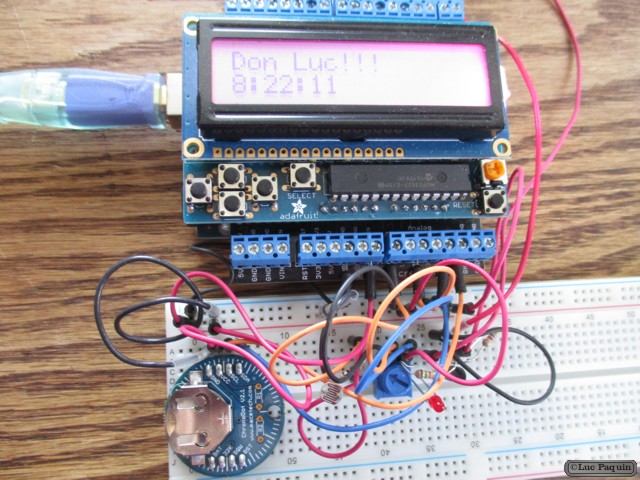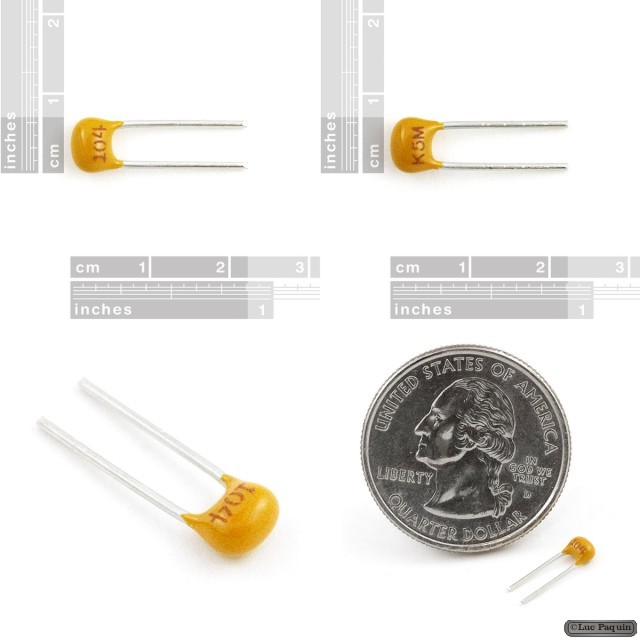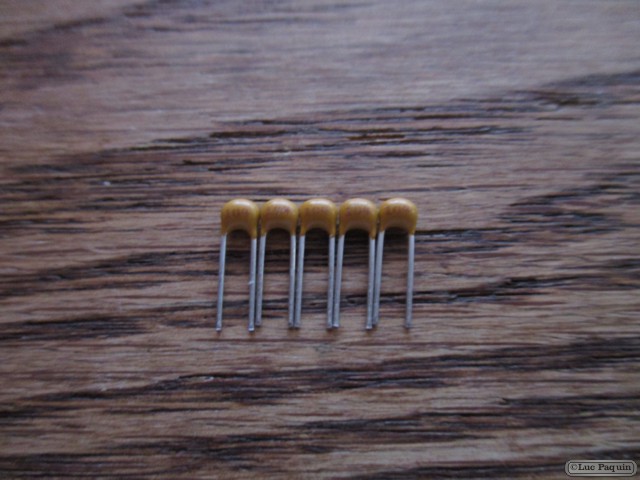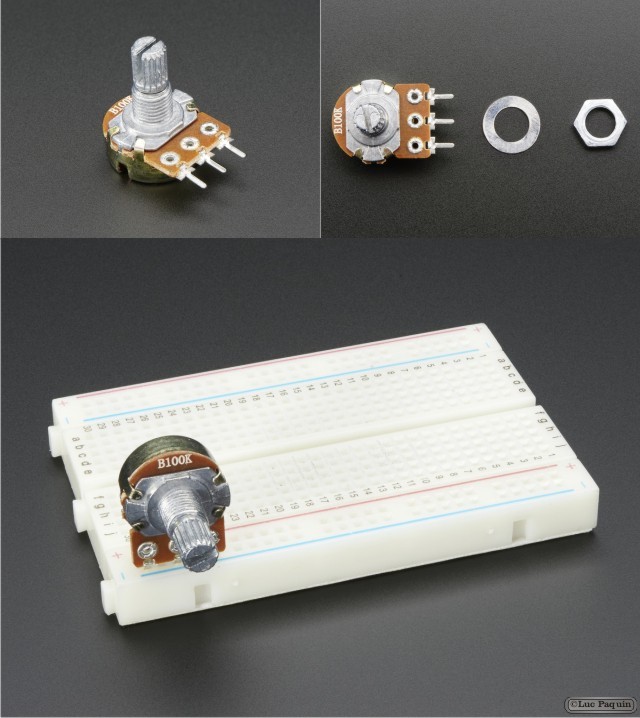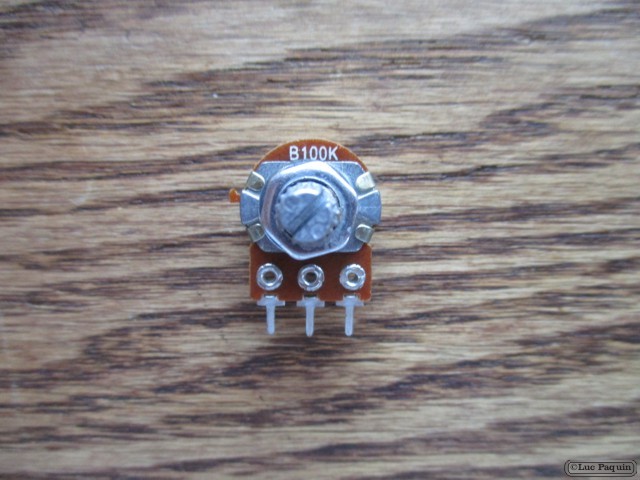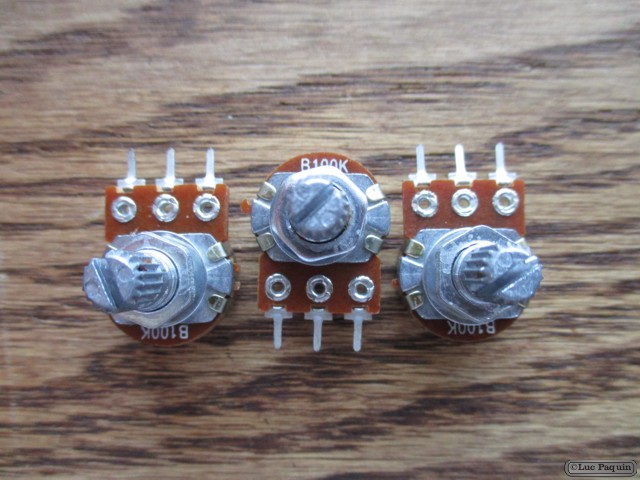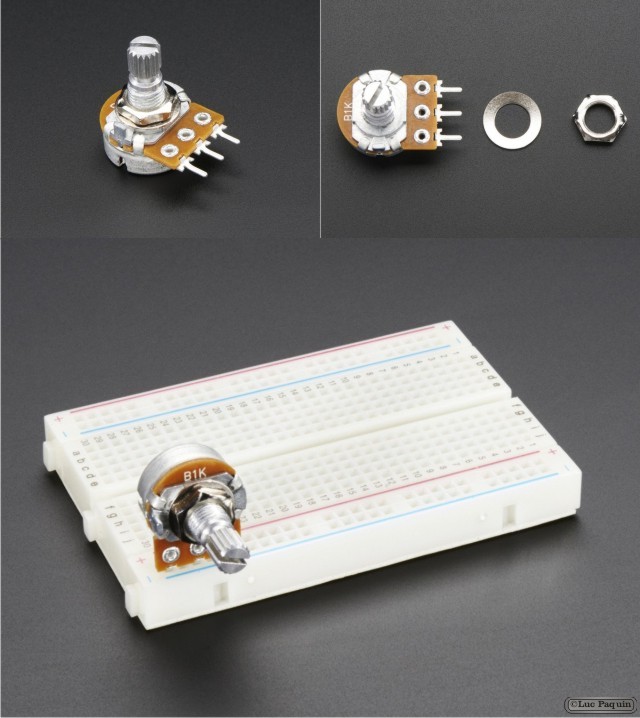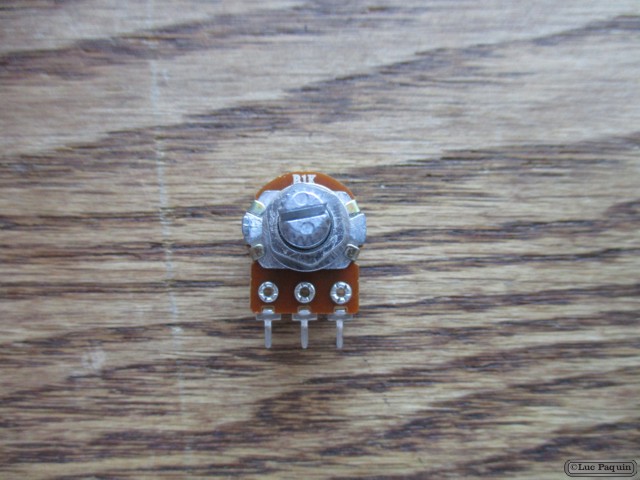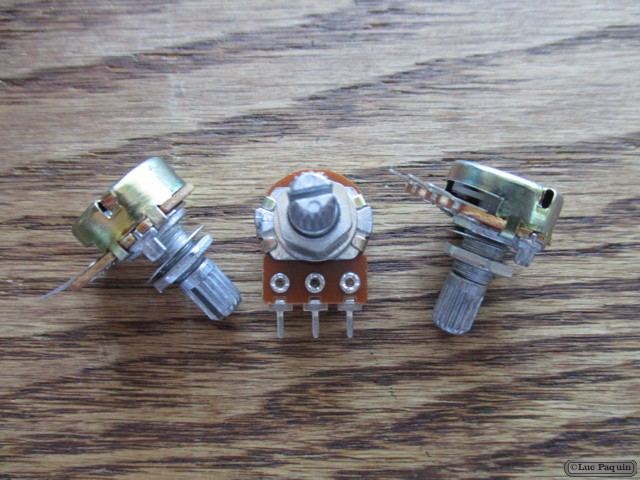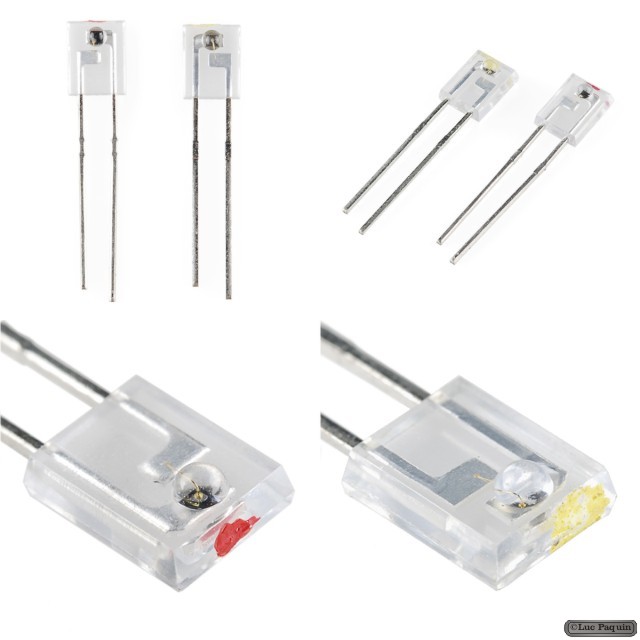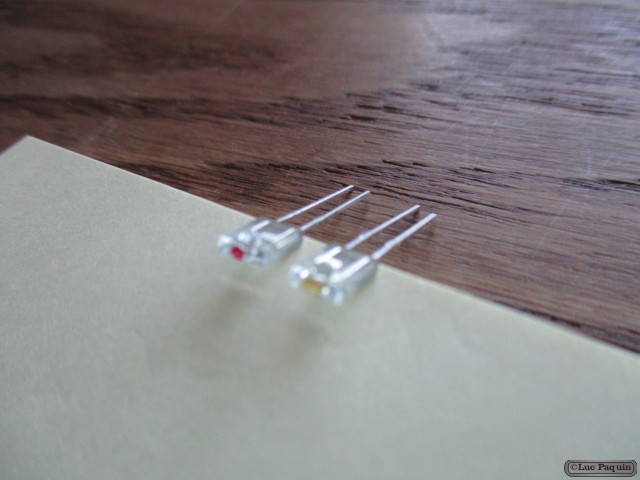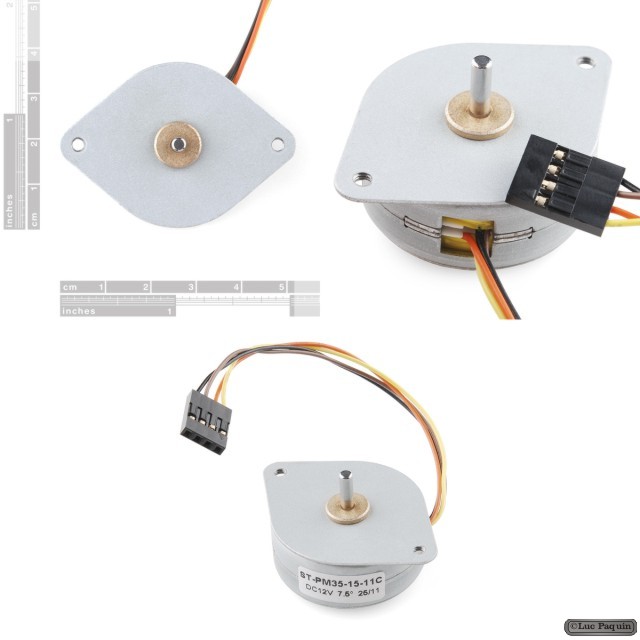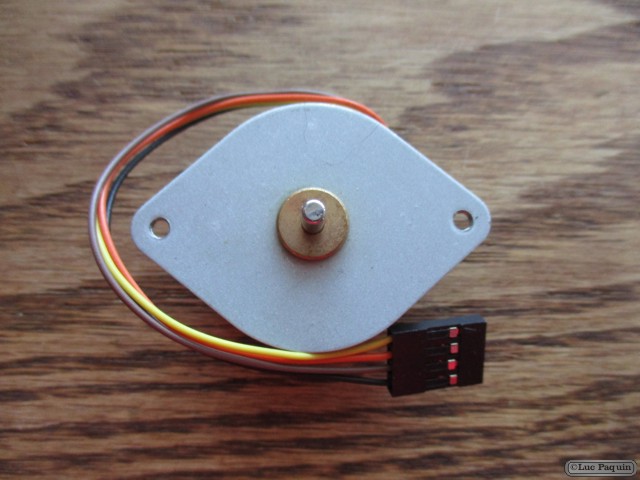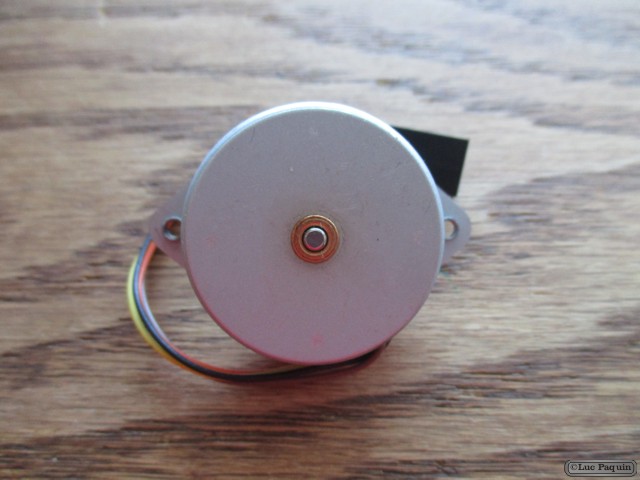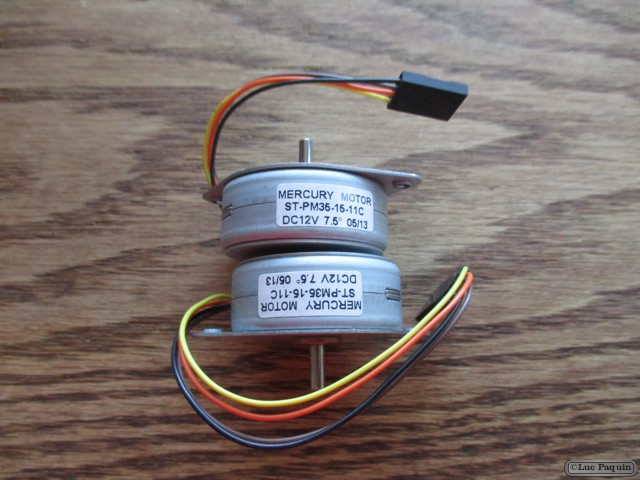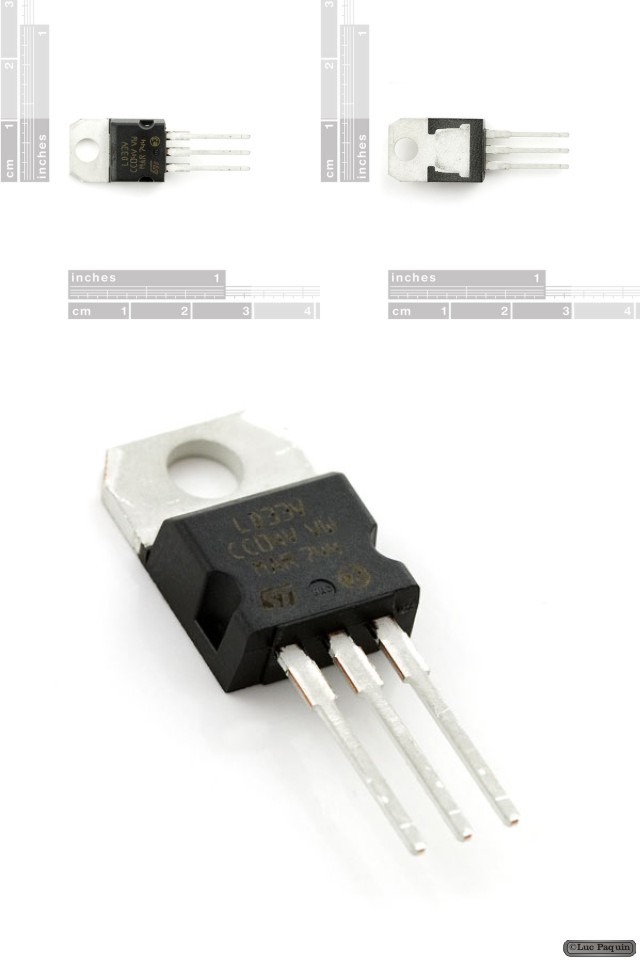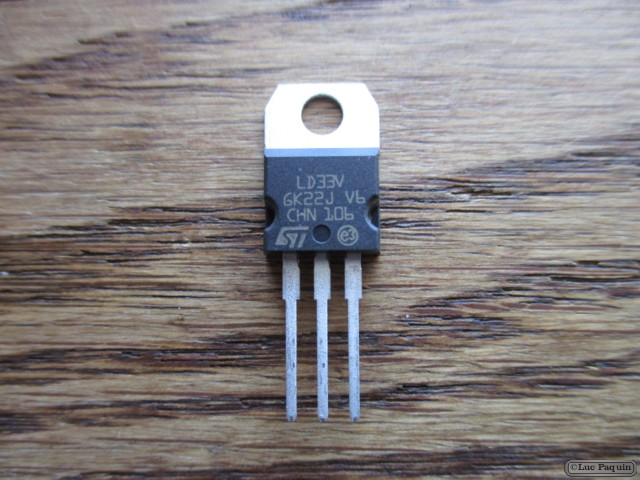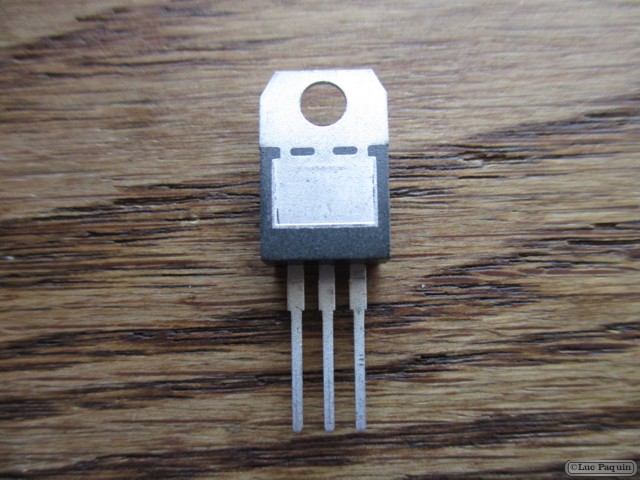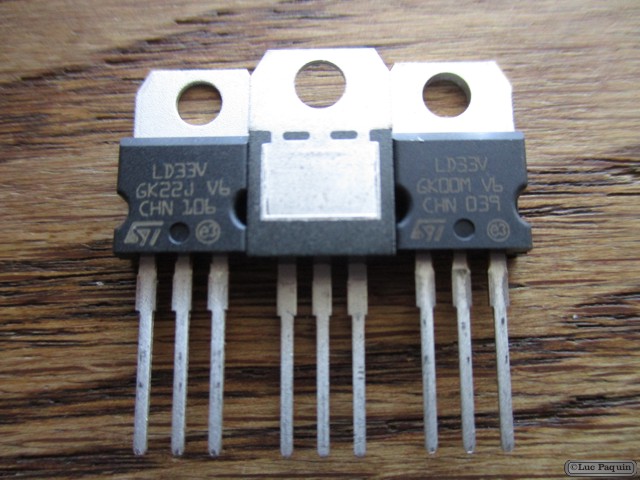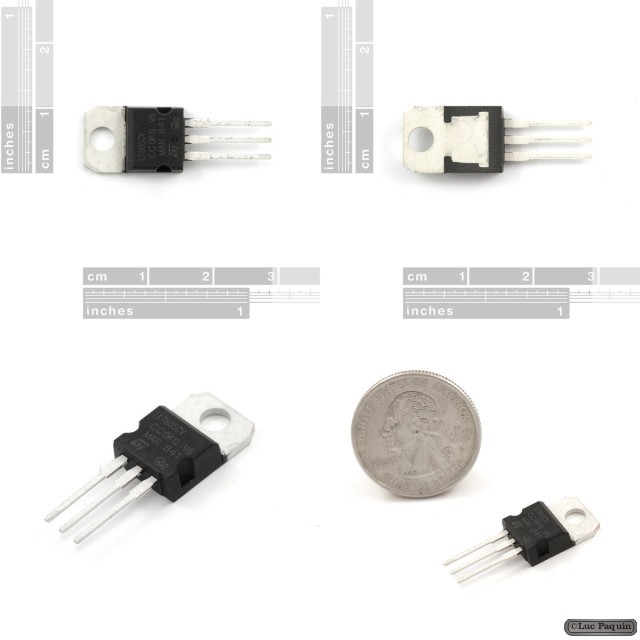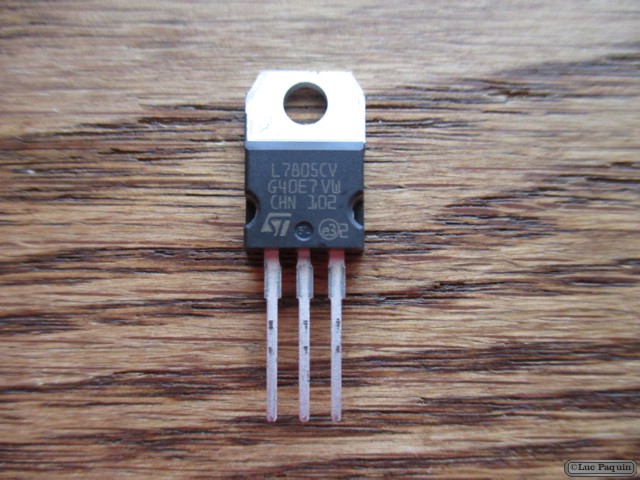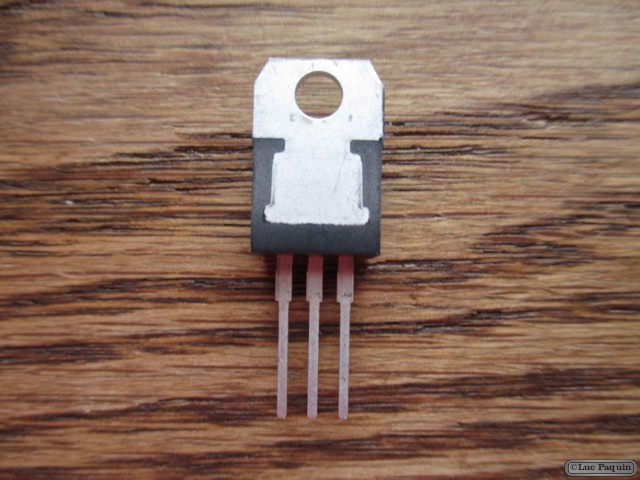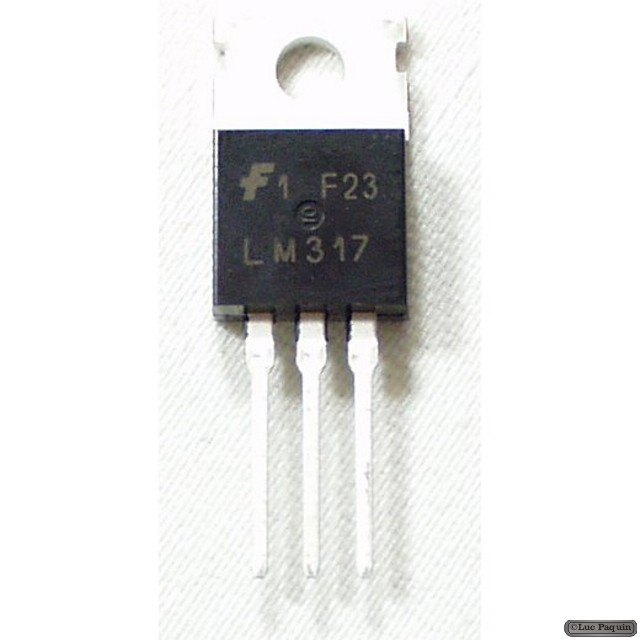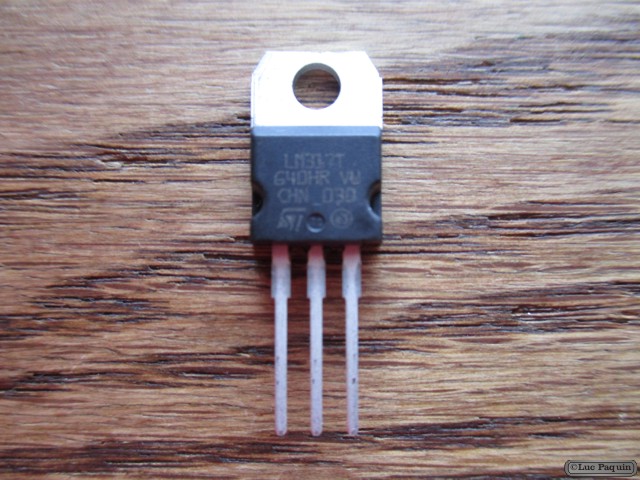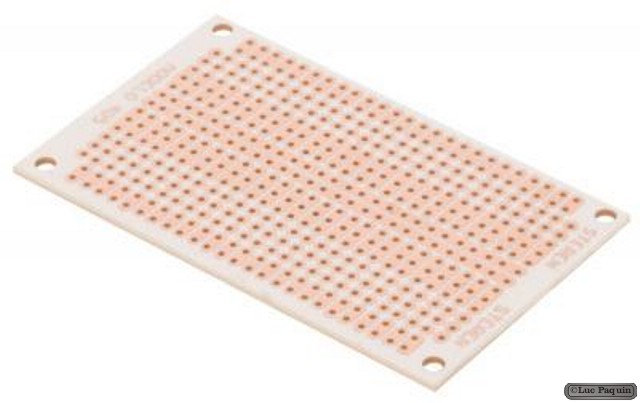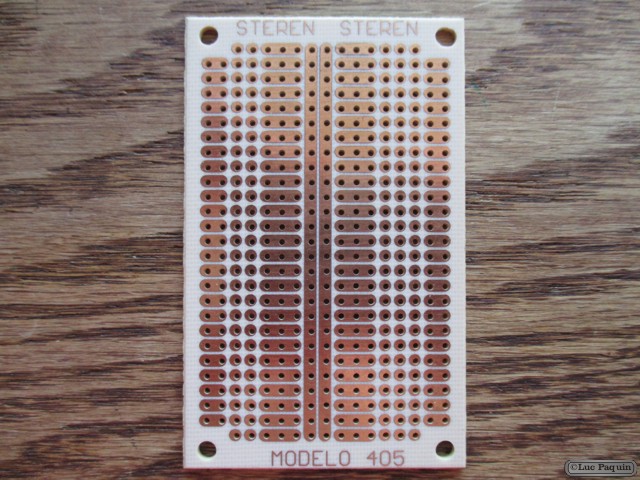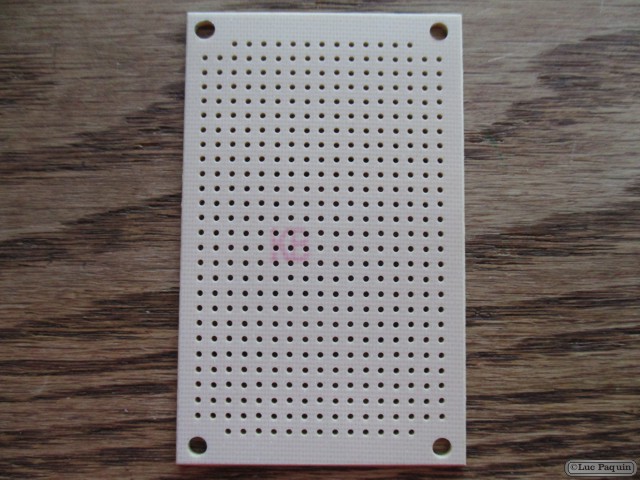Adafruit: 255
Description
The ChronoDot RTC is an extremely accurate real time clock module, based on the DS3231 temperature compensated RTC (TCXO). It includes a CR1632 battery (not shown, but included in the product) which should last at least 8 years if the I2C interface is only used while the device has 5V power available. No external crystal or tuning capacitors are required.
The top side of the Chronodot now features a battery holder for 16mm 3V lithium coin cells. It should work fine for CR1620 – CR1632 batteries.
The DS3231 has an internal crystal and a switched bank of tuning capacitors. The temperature of the crystal is continously monitored, and the capacitors are adjusted to maintain a stable frequency. Other RTC solutions may drift minutes per month, especially in extreme temperature ranges…the ChronoDot will drift less than a minute per year. This makes the ChronoDot very well suited for time critical applications that cannot be regularly synchronized to an external clock.
The ChronoDot will plug into a standard solderless breadboard and also has mounting holes for chassis installation.
The I2C interface is very straightforward and virtually identical to the register addresses of the popular DS1337 and DS1307 RTCs, which means that existing code for the Arduino, Basic Stamp, Cubloc, and other controllers should work with no modification.
Technical Details
Dimensions (without battery):
- Length: 30.4mm/1.2in diameter
- Height: 14.1mm/0.55in
- Weight: 4 g
- This board/chip uses I2C 7-bit address 0x68
Don Luc

